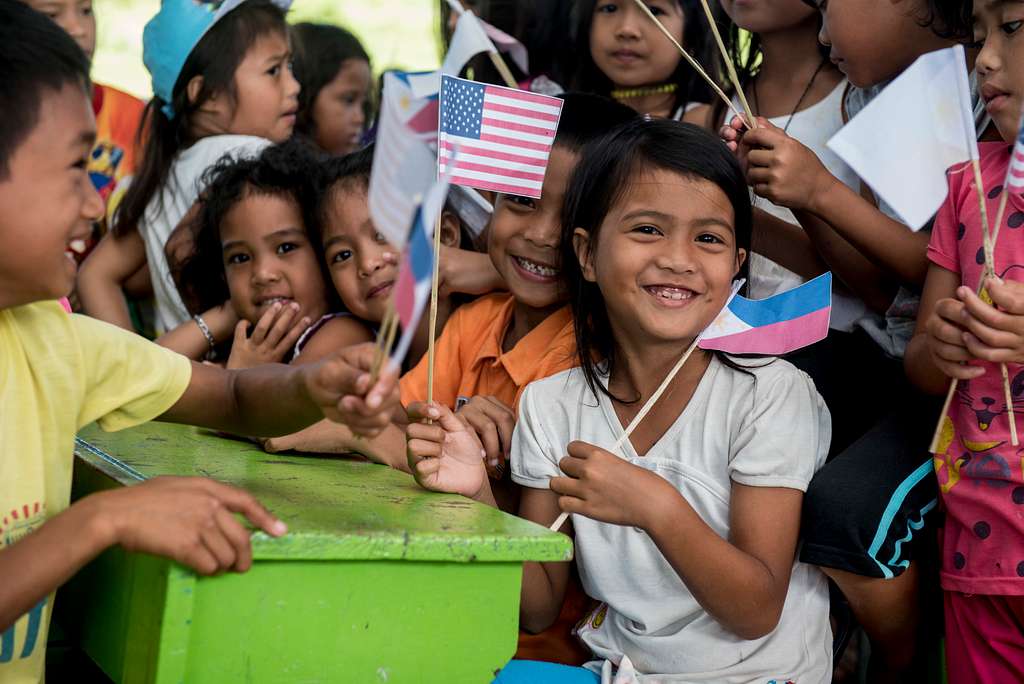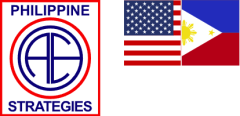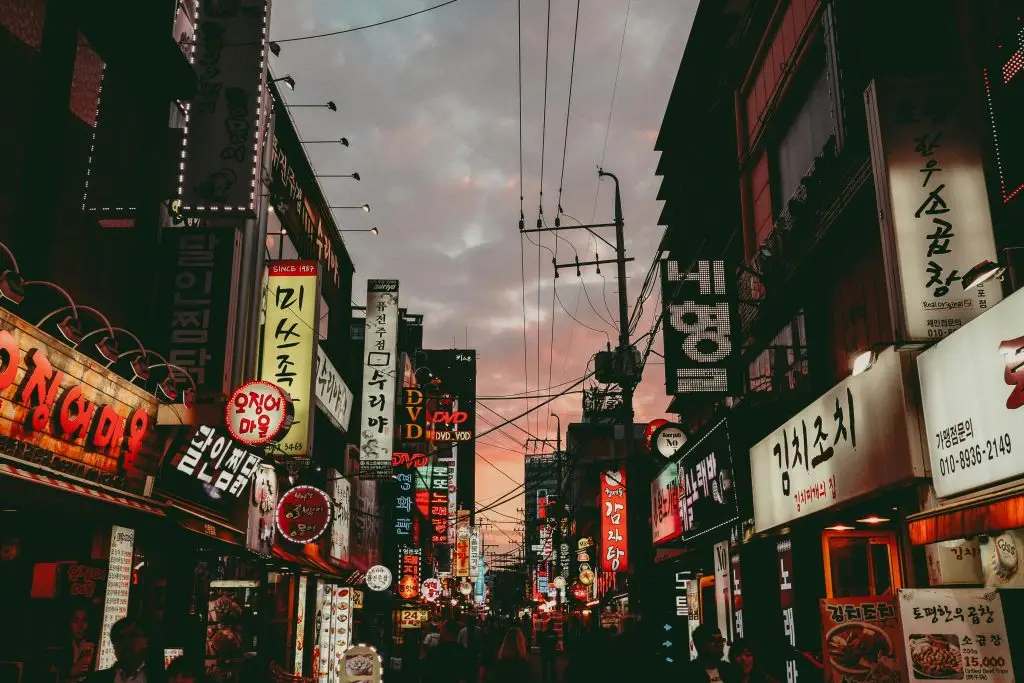
What if the Philippines had been retained as a US Territory? This alternate history imagines the country under continued American stewardship, resulting in far better political stability, much less corruption, and economic equitability that would allow all ships to float atop a rising tide.
The Fork in History’s Road
In the annals of colonial transitions, few moments carry as much weight as the U.S. Congress’s deliberations over the Tydings-McDuffie bill, ratified in 1934. This legislation, formally known as the Philippine Independence Act, outlined a decade-long path to full sovereignty as its own country, culminating in independence on July 4, 1946. It was a response to growing Filipino nationalism by the elites, U.S. domestic pressures to limit immigration from Asia, and economic interests seeking to protect American farmers from cheap Philippine imports. But what if Congress had rejected the bill, as it nearly did with similar proposals like the Hare-Hawes-Cutting Act the year prior? In this alternate timeline, the Philippines remains a U.S. commonwealth or unincorporated territory, akin to Puerto Rico or Guam, spared the handover to a cadre of wealthy families who, in our real history, entrenched themselves in power and perpetuated cycles of corruption that have plagued the nation for decades. The Ilustrados—educated, landowning trustees of Spanish-Filipino descent—emerged in the late 19th century as reformers pushing for assimilation under Spanish rule, later adapting to American oversight. Post-independence, these families morphed into political dynasties, dominating governance and economy through nepotism and graft. In reality, this oligarchic grip has fueled endemic corruption, with the Philippines scoring a dismal 33 out of 100 on the 2024 Corruption Perceptions Index, ranking 114th globally. By 2025, surveys show corruption as the top concern for Filipino executives, undermining economic progress and exacerbating inequality. This investigative exploration posits an alternate 2025 where U.S. retention curbs such excesses, drawing parallels from existing U.S. territories and the pre-1946 American colonial era, when the Philippines bucked the Great Depression plaguing the continent, uniquely thriving with infrastructure booms and financial integration along all levels of society.From Dependency to Integrated Prosperity
In our real 2025, the Philippine economy grapples with persistent challenges: inflation hovering around 4-5%, poverty affecting over 20% of the population, and a reliance on remittances from overseas workers that ties millions to precarious farm or low-wage jobs. The OECD (Organization for Economic Co-operation and Development, established by the European recipients of the Marshall Plan) projects growth at around 6% for 2025, but this figure is counteracted by structural issues like underinvestment in education, budget cuts to programs like PhilHealth, and the 4P’s anti-poverty initiative. Corruption siphons billions, with historical patterns tracing back to post-independence elite capture of resources. Contrast this with an alternate scenario where rejection of Tydings-McDuffie extends the pre-1946 economic model indefinitely. Under American rule from 1898 to 1946, the Philippines benefited from free trade access to U.S. markets via acts like the Payne-Aldrich Tariff, boosting exports of sugar, tobacco, and hemp while fostering infrastructure like roads, schools, and ports. Though criticized for creating dependency, this era saw GDP growth and modernization that had been absent under Spanish rule. In this hypothetical 2025, the archipelago functions as a U.S. economic outpost, similar to Puerto Rico, where federal oversight limits oligarchic monopolies and promulgates a middle class. Puerto Rico’s per capita income, around $35,000 in 2024, dwarfs the Philippines’ real $4,000, thanks to U.S. citizenship enabling labor mobility and federal funds for welfare and infrastructure—despite its own issues like debt and hurricanes. An alternate Philippines might boast a GDP per capita closer to $30,000, with seamless integration into U.S. supply chains. Manufacturing hubs in Manila and Cebu could rival those in Guam, focusing on electronics and pharmaceuticals, rather than the real-world’s overreliance on BPO services. Corruption would be mitigated by U.S. federal regulators enforcing transparency, akin to how the FBI oversees territorial graft in Puerto Rico, potentially elevating the Philippines’ CPI score to 50-60. Although, as in Puerto Rico, economic sovereignty (of concern only to the elites) would be curtailed with the U.S. dollar in use, federal trade laws dictating policies, and vulnerability to U.S. recessions or tariffs, experts argue territories often outperform independent peers in the Caribbean or Pacific due to stable access to larger markets, avoiding the post-colonial pitfalls that left the real Philippines with a “farm economy” and later “menial services” legacy.| Aspect | Real Philippines 2025 | Philippines 2025 (U.S. Territory) |
|---|---|---|
| GDP Growth | ~6%, hindered by corruption and inflation | ~7–8%, boosted by U.S. integration and federal investments |
| Poverty Rate | >20%, no social assistance | <4%, with access to U.S. welfare programs |
| Key Sectors | Remittances, BPO, agriculture | Manufacturing, tech exports, tourism under U.S. branding |
| Corruption Impact | Billions lost annually | Minimalized via federal oversight, similar to other US territories |


